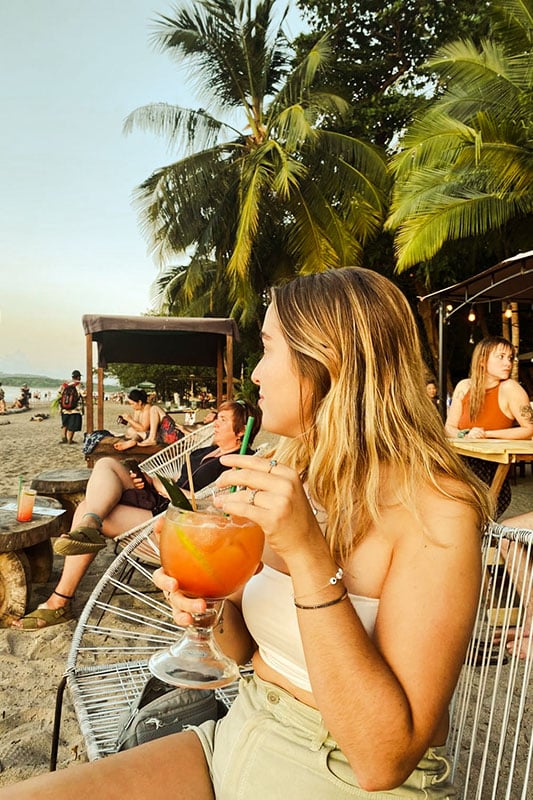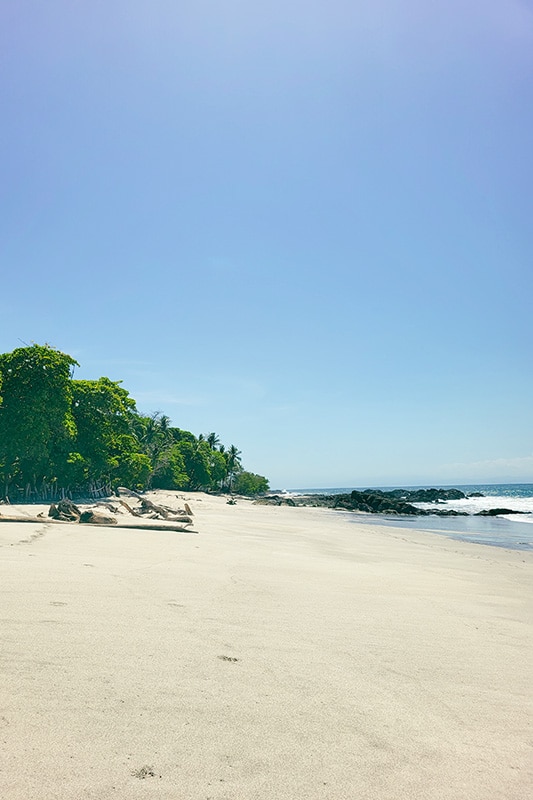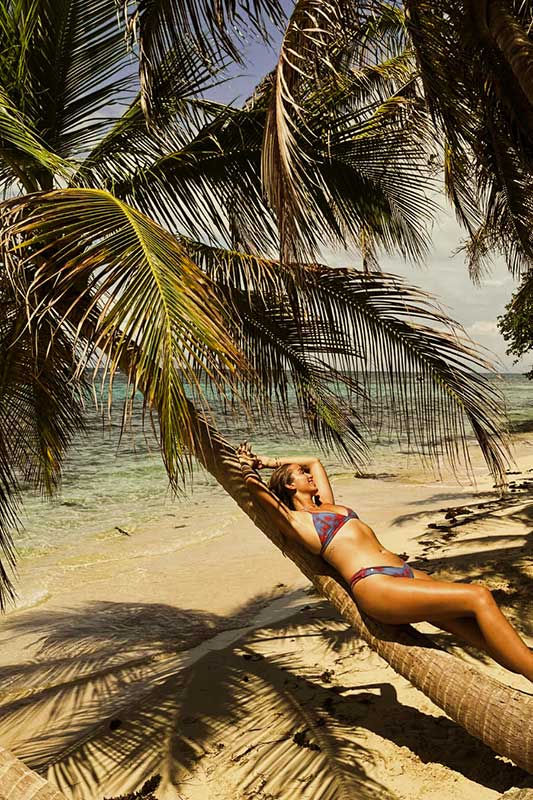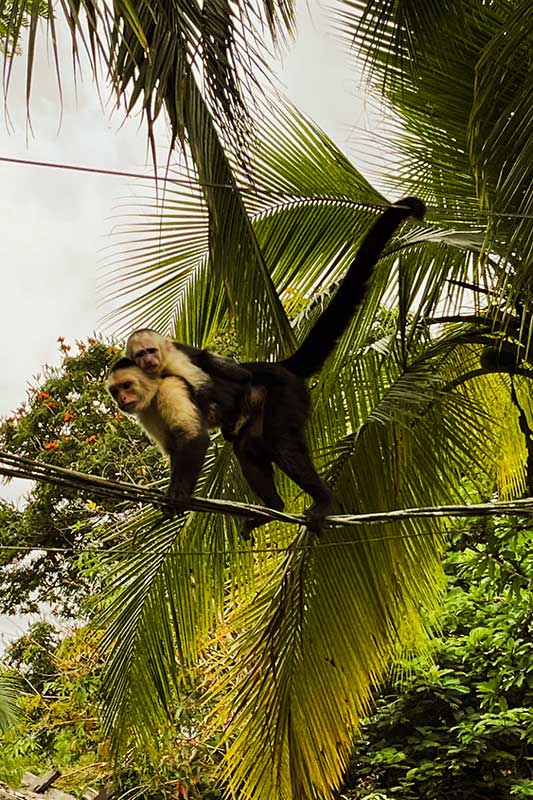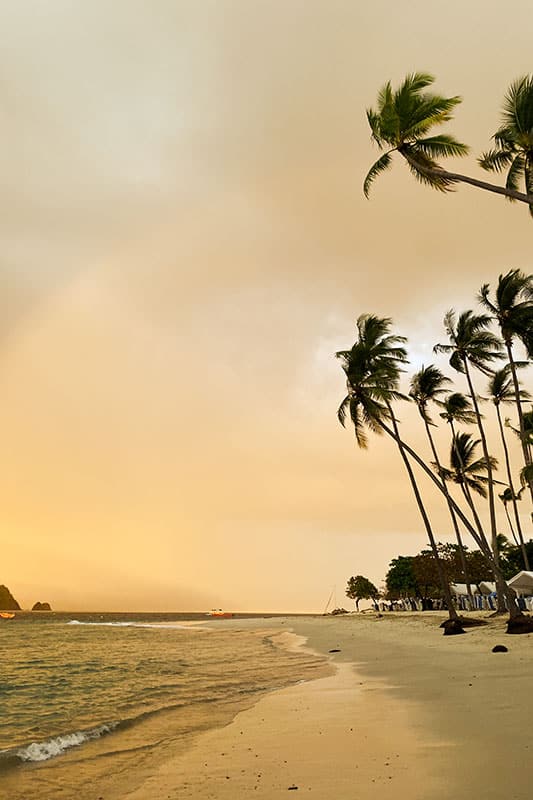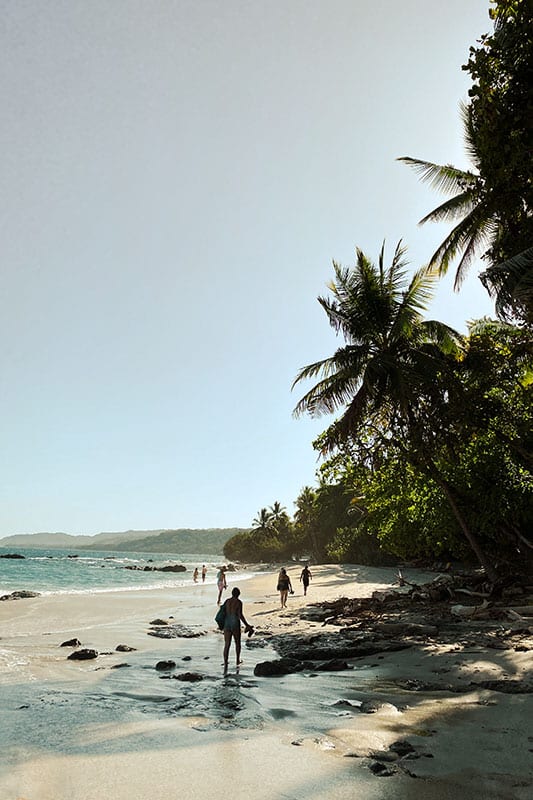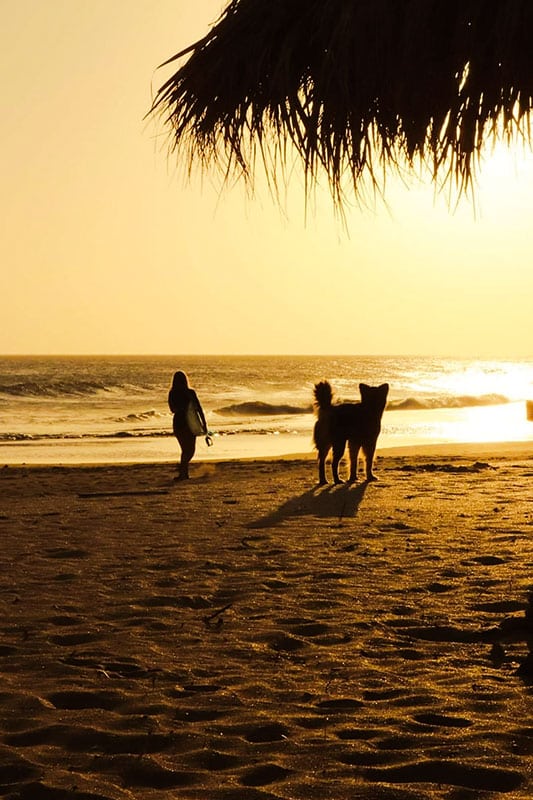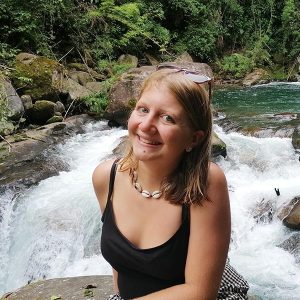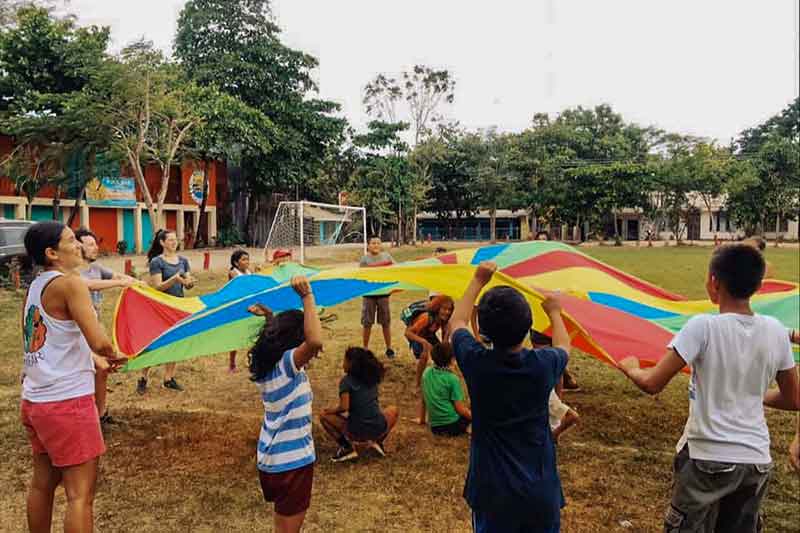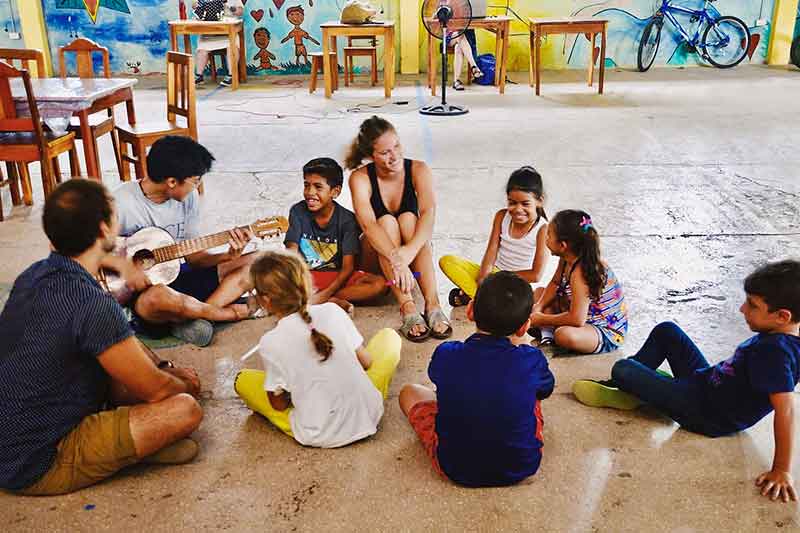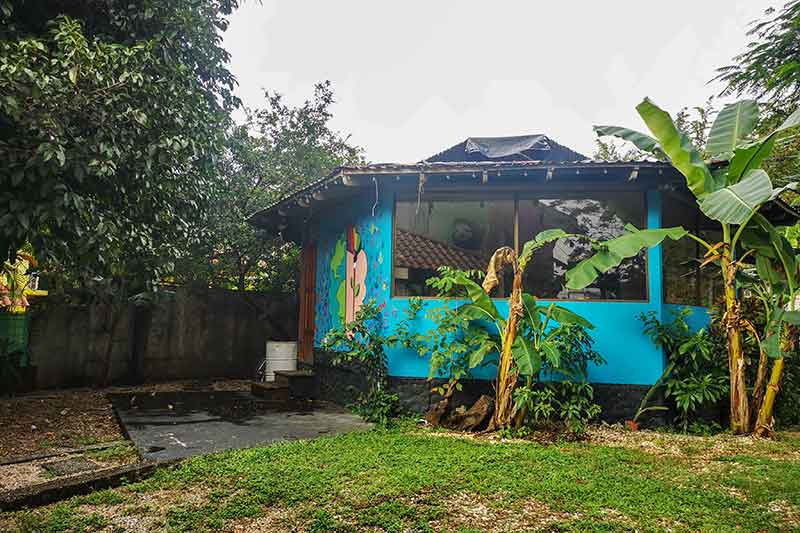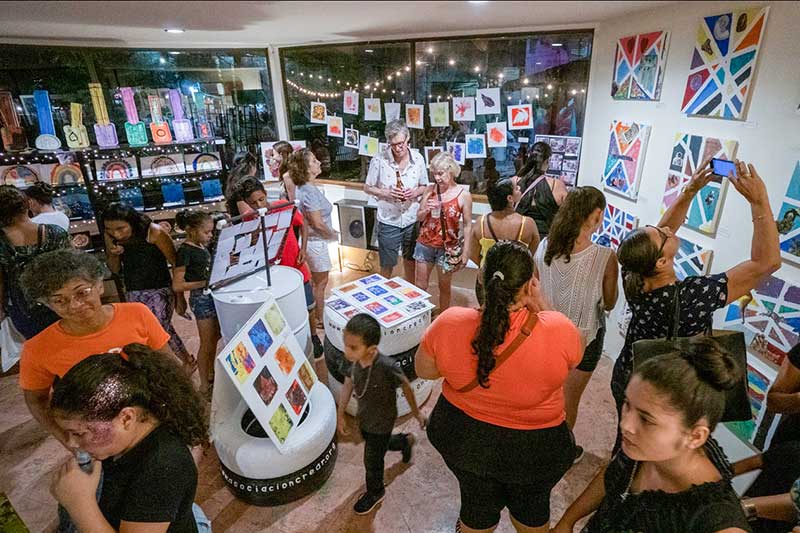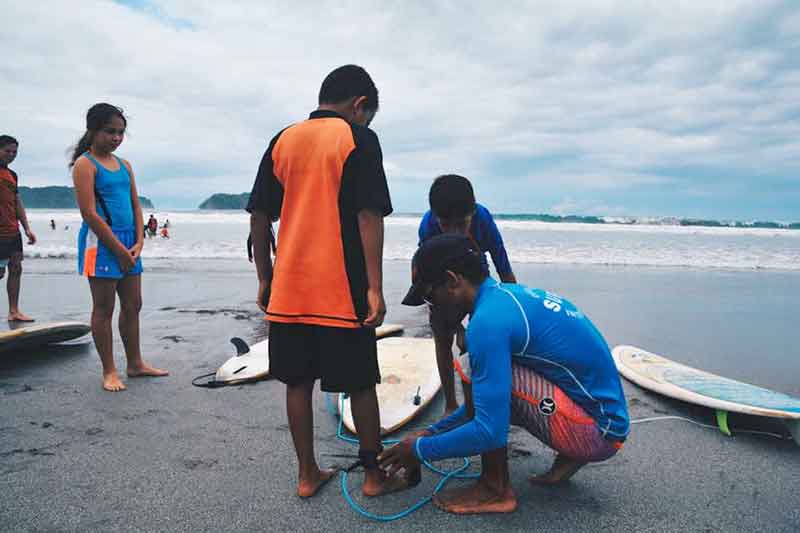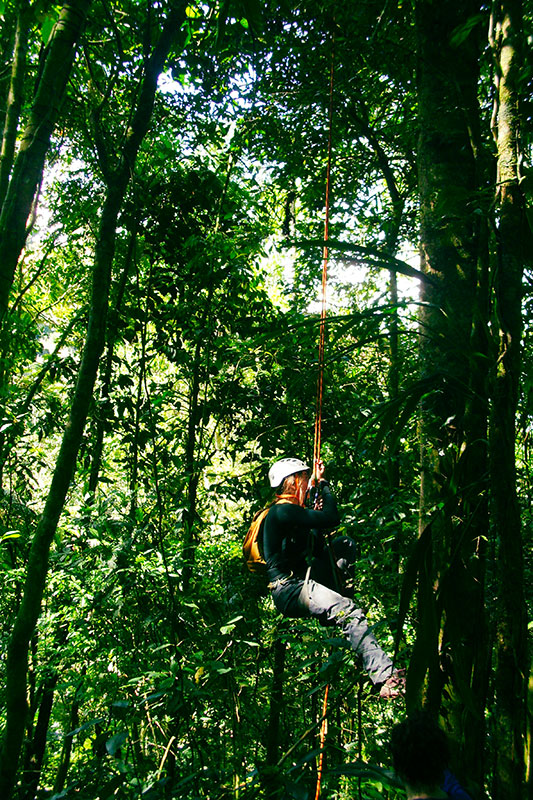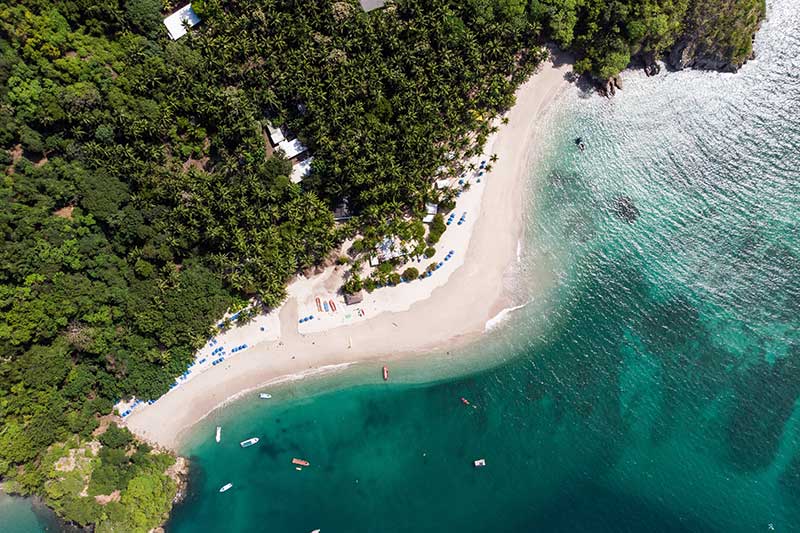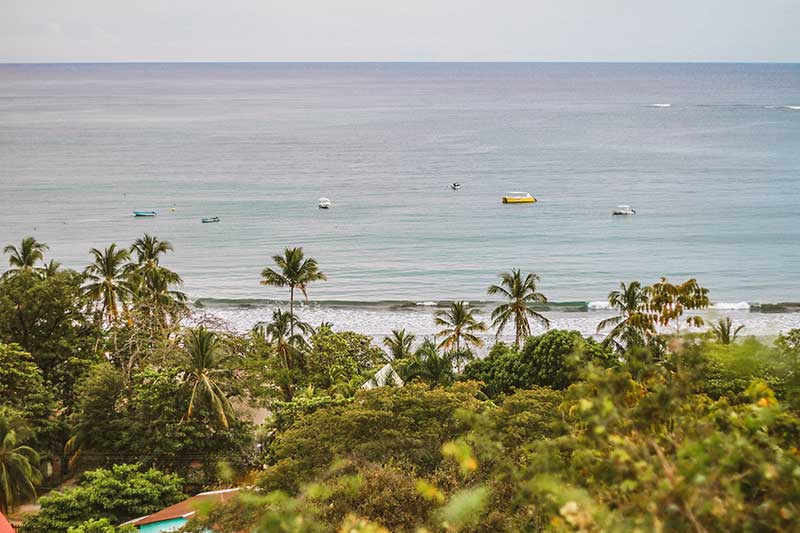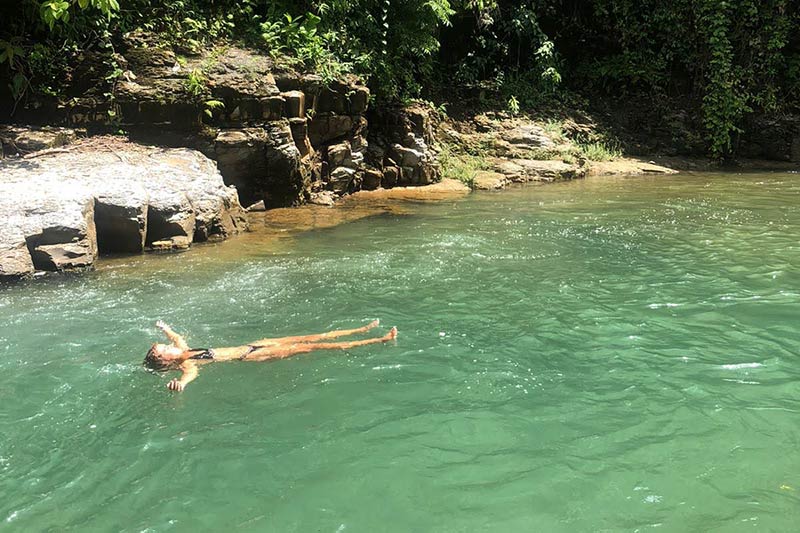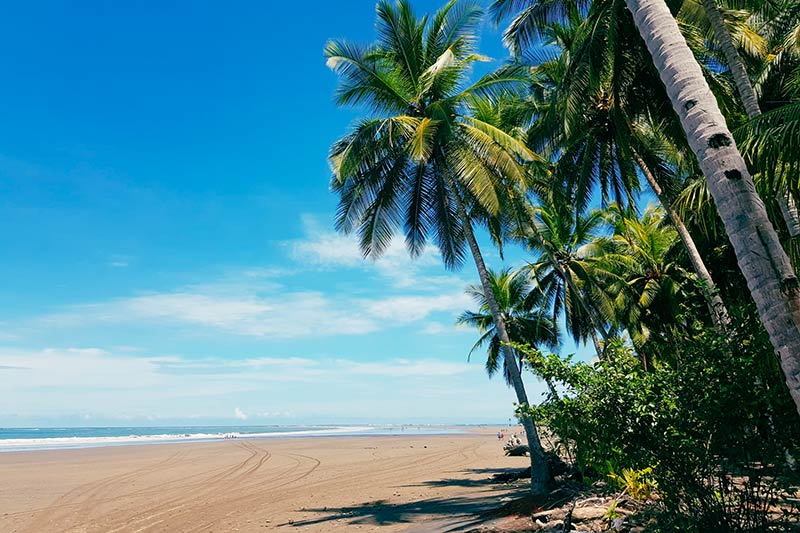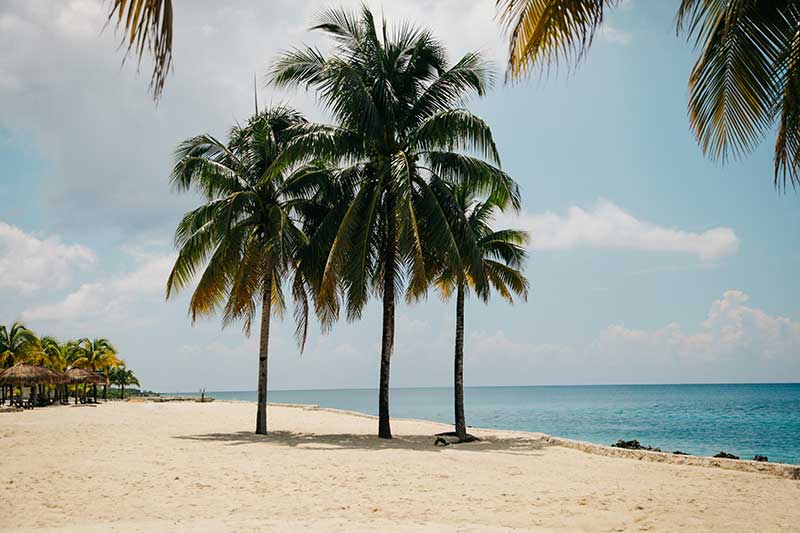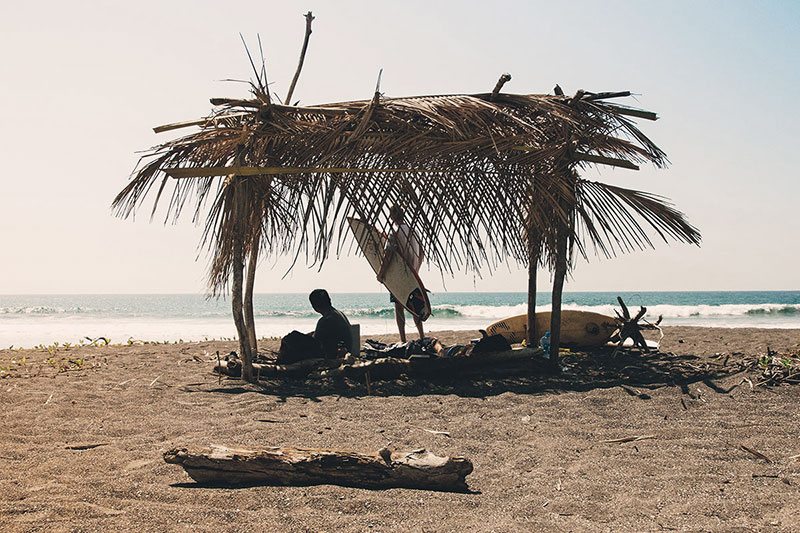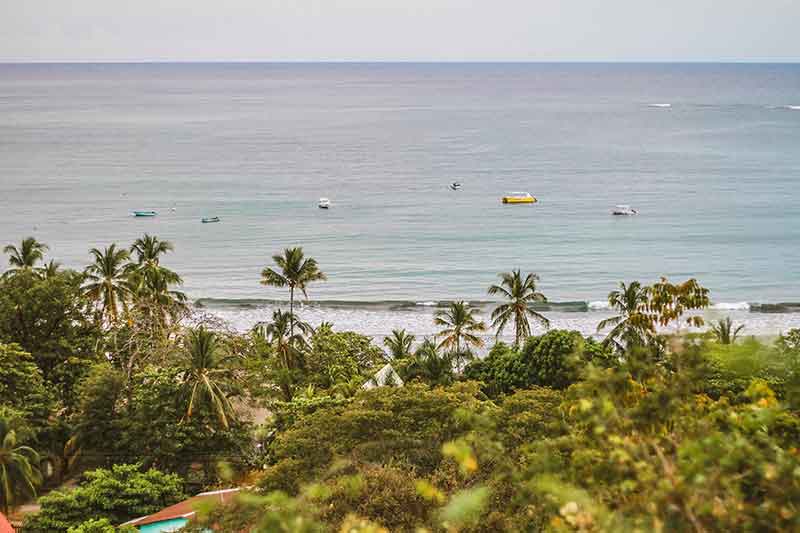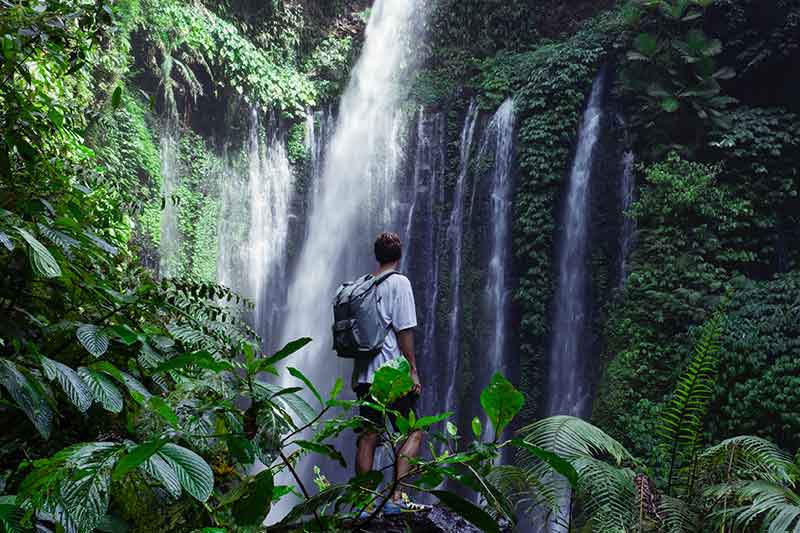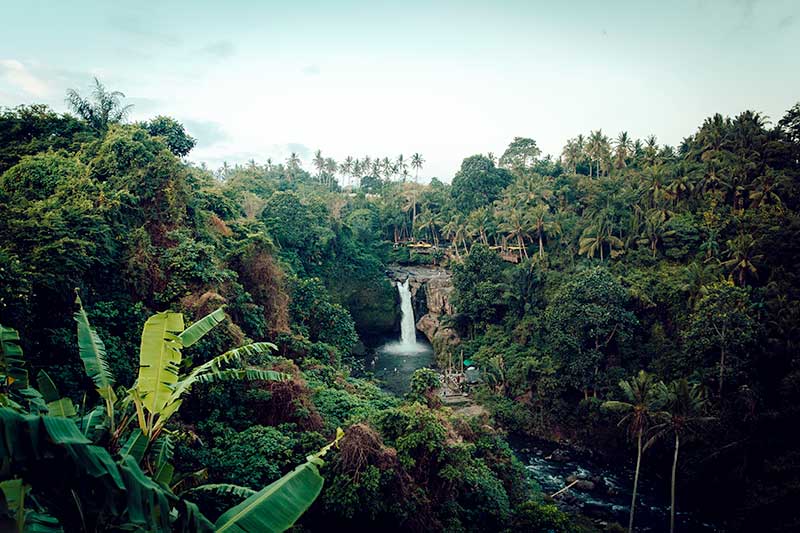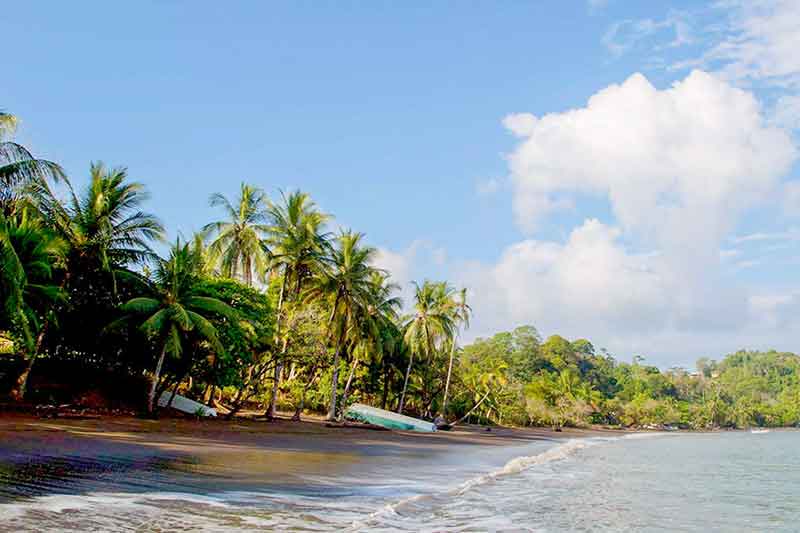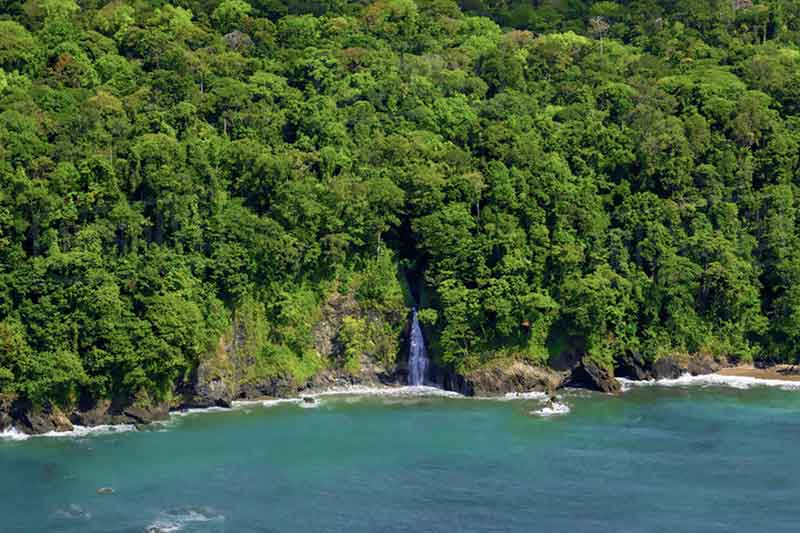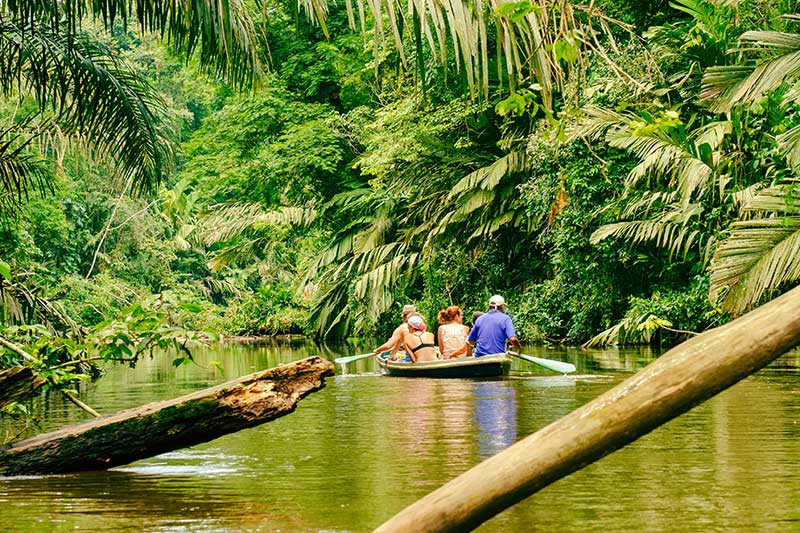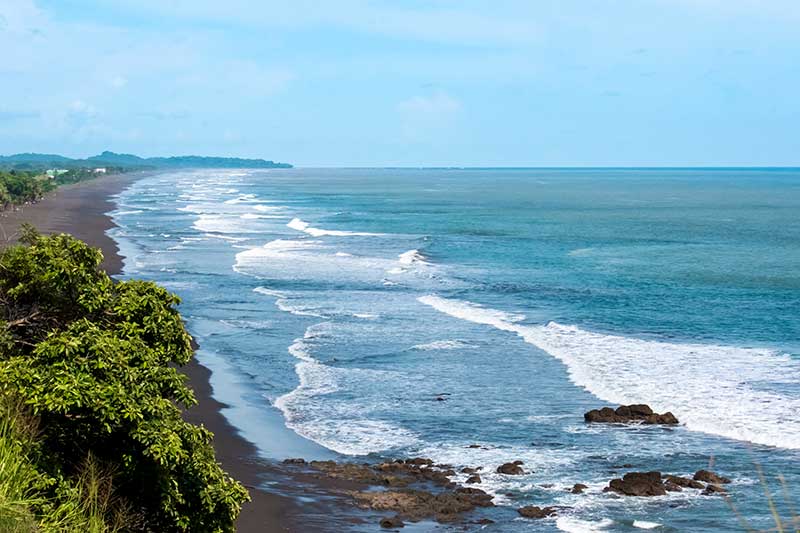WORK AND TRAVEL IN COSTA RICA
YOUR JOURNEY TO THE GREEN DREAMLAND
Idyllic Rainforest and Dreamy Beaches as far as the eye can see – that's what you'll find in Costa Rica! Discover the land of "Pura Vida" and immerse yourself in tropical nature full of waterfalls, volcanoes, exotic animal species, and national parks. This small paradise on Earth is perfect for all outdoor enthusiasts and nature lovers who want to experience an unforgettable Work and Travel adventure. But in this green dreamland, you can not only explore breathtaking nature but also get to know the warm-hearted Ticos and their culture. If you're looking to travel Costa Rica, the country with the richest wildlife in Latin America, for an extended period, then Work and Travel in Costa Rica is the perfect option!
By the way: If you prefer to participate in social projects rather than Work and Travel in Costa Rica, then check out our programs for Volunteer Work in Costa Rica. an.

- WanderWorld Travel Community
- Contact persons in Germany and Costa Rica
- No visa application necessary
- Introductory event in San José
- Accommodation included
- Travel packages and flight offers
- Gain new experience and grow personally
- Travel to another continent
- Acquisition of intercultural skills
- Get to know people from all over the world
- Gain work experience in Costa Rica and learn new skills
Our work and travel projects in Costa Rica
Hostel experience
At the Hostel Experience in Costa Rica, we find the perfect hostel for your Work and Travel adventure. There are many different locations throughout the country with cool partner hostels. Your day will involve checking in and out travelers from all over the world, organizing excursions, assisting in the kitchen, and helping with maintenance and cleaning. During your work, you'll always interact with people in vacation mode, and in your free time, you can enjoy the sunshine on the beach, surf the waves with your surfboard, or explore Costa Rica's incredible nature. In the relaxed, family-like atmosphere of the Hostel Experience, you'll make friendships that often last beyond your Work and Travel experience.
Farm work
The majority of Costa Rica's land surface is covered with tropical rainforest, providing a home to a variety of rare animal and plant species. Although 26% of Costa Rica's land area is protected, one-third of the country's land area fell victim to deforestation and pastureland in the 20th century. Major national parks and environmental conservation projects are working against deforestation. By working in our nature reserves and national parks, you are fighting climate change and directly supporting local aid projects.
SPORT EXPERIENCE
One highlight among our Sport Experience programs is the surf school in Tamarindo. Here, you can improve your surfing skills or learn to surf from scratch, while your daily work involves assisting customers alongside the team at the surf shop. Additionally, you'll support the surf camp's hotel reception, gaining valuable work experience.
After reaching a good level in surfing, you can even become a surf instructor yourself. If you're interested in combining sports and work in the paradise environment of Costa Rica, then the surf school in Tamarindo is perfect for your Work and Travel stay. But be sure to contact us early. The program is often booked well in advance.
STAY ABROAD IN COSTA RICA?

5 good reasons why a stay abroad in Costa Rica is something very special:
1.
2.
3.
4.
5.
In Costa Rica, if you work at a hostel or surf school, your workplace is also your new home. You'll live together with other volunteers and guests in a shared dormitory, sharing bathrooms, kitchen, and cozy common areas. This setup allows you to quickly connect with other travelers and never feel alone. The hostels are nicely decorated and located in coastal towns like Puerto Viejo, Tamarindo, Uvita, or Jacó. The sea is just a short distance from your accommodation, so you can spend your free time at the beach or in the water. Please note that having a private room in a hostel or surf camp is not possible, so you'll need to forgo privacy. In return, you'll meet many people from around the world and enjoy the cool hostel vibe.
During Farm Work in Costa Rica, you'll live with a Costa Rican host family in the same community. Staying with the host family not only provides a familial environment where you can learn about Costa Rican culture, but you'll also enjoy delicious home-cooked meals. Accommodation in a shared or single room and meals with three daily servings are included. This unique opportunity allows you to discover authentic rural life and culture while improving your Spanish skills.
We are happy to assist you with the organization of your arrival to the program location from the orientation session in San José. In Costa Rica, you have the option to use public buses or a comfortable shuttle service.
Why WanderWorld?
Costa Rica is our Dreamland! Some of our international WanderWorld team have even made this wonderful country their Adopted country made. We know the program locations, projects, country and people very well and select our partner projects carefully and personally off. So that you can relax and pack your suitcase full of anticipation, we will take care of the Organization of your Work & Travel program. We ensure that your stay abroad runs smoothly and provide you with intensive support with the Preparation. With our local contact partners, we enable comprehensive and Individual support of our participants and stand with years of Work & Travel Expertise to the side.
In our partner projects in Costa Rica, you have the opportunity to gather unique experiences, meet new people, and live in paradisiacal locations. During this time, you'll not only enhance your language skills but also develop personal abilities and learn a lot about yourself.
OUR PROJECT LOCATIONS IN COSTA RICA
Where should your ADVENTURE TAKE PLACE?







YOUR CONTACT PERSON
IN COSTA RICA

In Costa Rica, you will be supported by our contact person Lisa. She has been living in the country of Pura Vida for more than 3 years with her Costa Rican husband. After visiting the country several times and falling in love with the culture and its people, she decided to stay there for an extended period. She is highly knowledgeable about the culture and local conditions and is eager to show you her chosen homeland. Even before your departure, she will assist you in organizing your trip and will warmly welcome you at the orientation event in San José. Throughout your entire stay, you can contact her via WhatsApp for any questions or concerns. Additionally, she will gladly provide you with travel tips and recommendations for your free time.
Discover the unparalleled variety of leisure activities in Costa Rica. From breathtaking beaches to lush rainforests and even sunset surfing – experience the best that this fascinating country has to offer.

Costa Rica is a surfing paradise! You'll find the best surf spots in Santa Teresawhere you can surf the fantastic waves or learn your first steps on the board - all in first-class conditions.

Hiking in one of the 26 national parks is definitely on the bucket list! The unique cloud forest in Monteverde offers kilometers of hiking trails through the dense forest to beautiful viewpoints.

In the Corcovado National Park In the south of the country, you can embark on an exciting discovery tour and meet many animal species, including rare exotic species such as agouti, coati, tapir and puma.

Delicious gallo pinto for breakfast and casado for lunch. Sample regional delicacies at reasonable prices in the traditional "sodas" and get to know the diverse cuisine.

Experience the small village Puerto Viejo the Caribbean vibes and the Afro culture of Costa Rica. The Caribbean coast has a special flair due to the Afro-American influences on the culture and regional cuisine.

Experience the fascinating production processes of cocoa and coffee on an idyllic farm in La Fortuna. Immerse yourself in the world of growing and processing these delicious products in the midst of breathtaking nature.

Embark on an unforgettable journey, accompany the cute baby turtles on their way into the sea and admire the fascinating variety of marine life along the beach of Tortuguero.

Do you dare to jump from the rock into the waterfall? After a 20-minute hike up the mountain, the breathtaking waterfalls of Montezuma - the perfect opportunity to cool off.

Along a coastline of almost 1300 kilometers, you have the opportunity to discover the pristine beauty of countless beaches. Relax under shady palm trees and enjoy the picturesque beaches of Uvita.

VOLUNTARY WORK
Language trip
FARM EXPERIENCE
VOLUNTEERING
Language trip
FARM EXPERIENCE
Would you like to know how you can combine your projects with us?
Find out how it works here!
EXPERIENCE REPORTS
TO WORK AND TRAVEL IN COSTA RICA

WORK AND TRAVEL IN COSTA RICA AND YOU ARE A PERFECT MATCH?

TALK TO ...
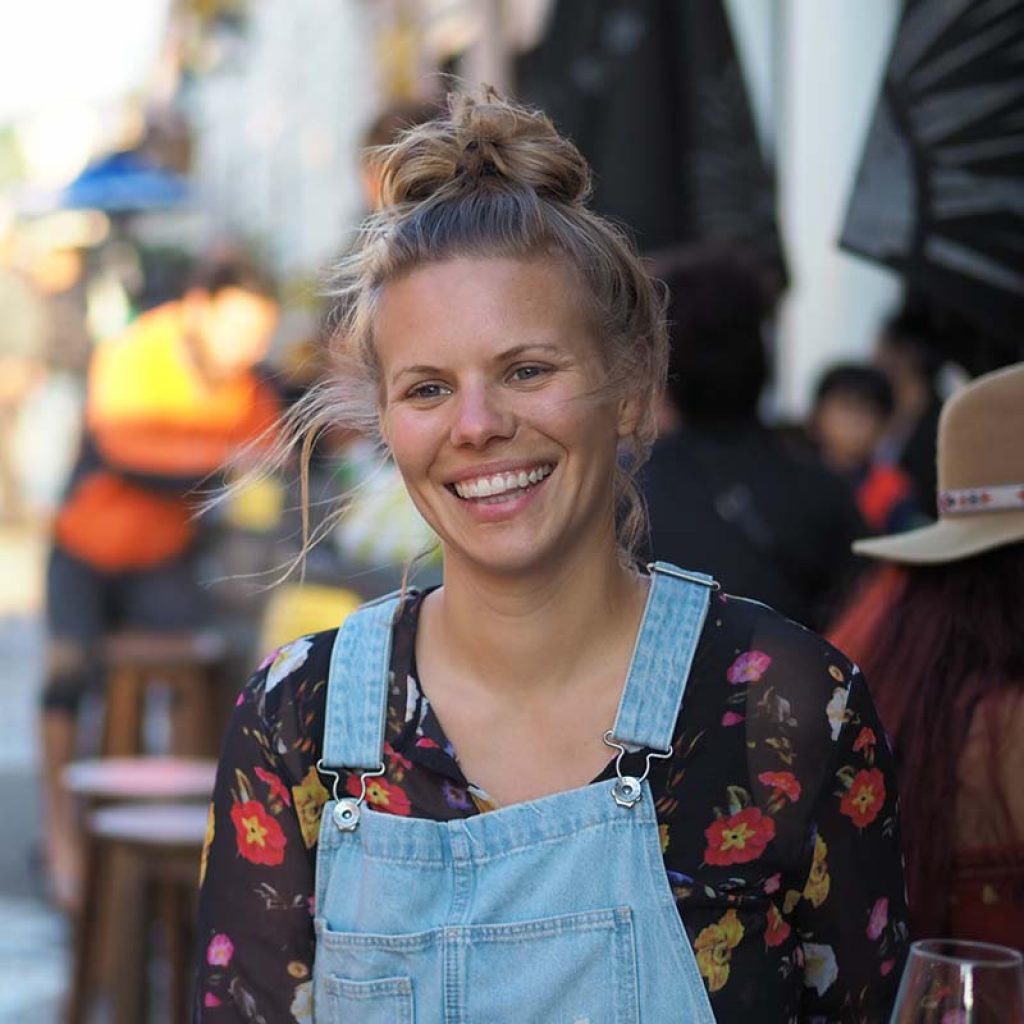
Sophia
Founder of Wanderworld Travel

Lisa
Coordinator & participant support in Costa Rica

Amanda
Support and advice before departure
... ABOUT YOUR ADVENTURE !
Here we can plan your volunteer work in Costa Rica together and talk about your ideas.
Register now for the WanderWorld consultation ☎️. We look forward to seeing you!
All without obligation and free of charge.


